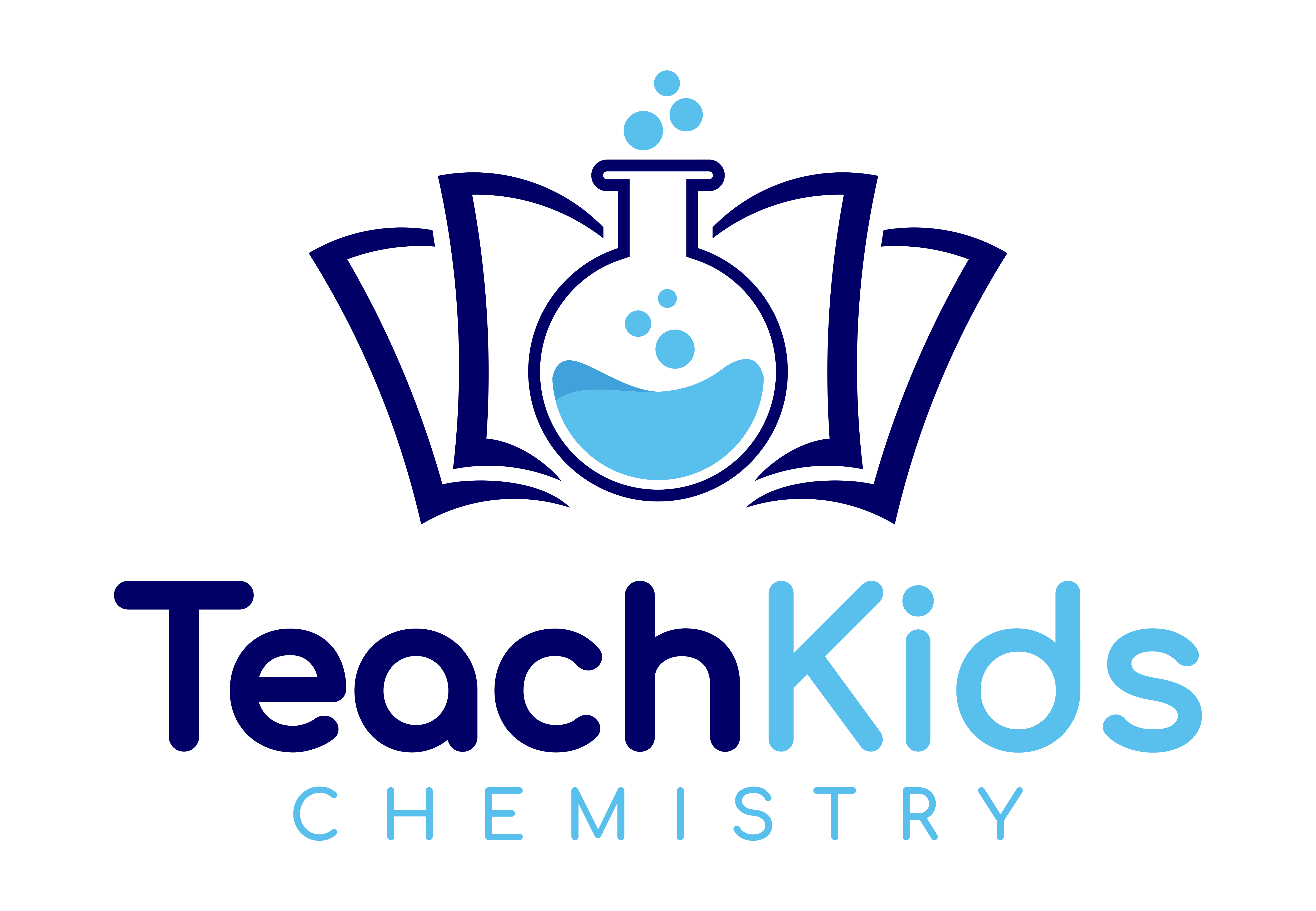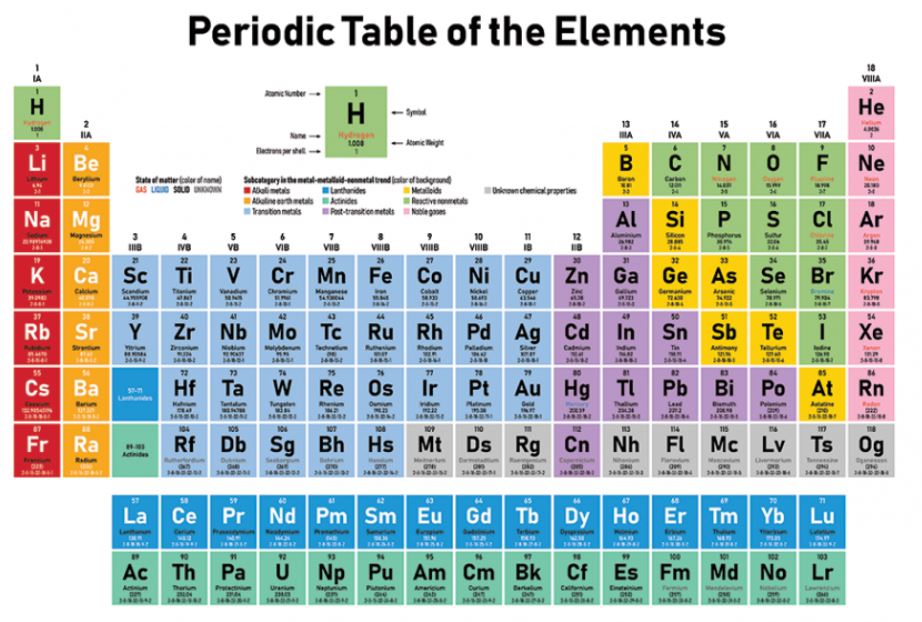Hello and welcome to Teach Kids Chemistry! Today, we will be discussing one of the most important elements in the periodic table – Zinc. Zinc is a chemical element with the symbol Zn and atomic number 30. It is a bluish-white metal that is commonly used in a variety of everyday objects, from batteries to sunscreen. In this overview, we will explore the properties and uses of zinc, as well as its importance in the world of chemistry. So, let’s dive in and learn more about this fascinating element!
The Periodic Element Zinc Overview
Zinc is a chemical element with the symbol Zn and atomic number 30. It has an atomic mass of 65.38 u and is located in period 4 and group 12 of the periodic table. Zinc has 30 protons and electrons, and its most common isotope has 35 neutrons. It is a metal and is found in the solid phase at room temperature. Zinc has an electronegativity of 1.65 and a specific heat capacity of 0.388 J/g·K. Its melting point is 419.5°C and its boiling point is 907°C. The density of zinc is 7.14 g/cm³.Zinc is a widely used metal due to its unique properties. It is a good conductor of electricity and is resistant to corrosion. Zinc is commonly used in the production of alloys such as brass and bronze. It is also used in the manufacturing of batteries, electrical equipment, and as a coating for steel to prevent rusting. Zinc is an essential nutrient for humans and is found in many foods such as meat, seafood, and nuts. It plays a vital role in the immune system and is necessary for the proper functioning of enzymes in the body.
Everyday objects that contain the periodic element zinc?
There are many everyday objects that contain chemicals or chemical compounds. For example, water is a chemical compound made up of two hydrogen atoms and one oxygen atom (H2O). Salt, which is commonly used in cooking, is a compound made up of sodium and chloride ions (NaCl). Baking soda, which is used in baking and cleaning, is a compound made up of sodium, hydrogen, carbon, and oxygen (NaHCO3). Vinegar, which is used in cooking and cleaning, is a solution of acetic acid (CH3COOH) and water. These are just a few examples of everyday objects that contain chemicals or chemical compounds.
Differences in the periodic element zinc across states of matter
The state of an element can vary greatly depending on its temperature and pressure. At standard temperature and pressure (STP), most elements are either solids or gases. Solids have a fixed shape and volume, while gases have neither. As temperature and pressure increase, some solids can become liquids, which have a fixed volume but take the shape of their container. As temperature and pressure continue to increase, some liquids can become gases, which have neither a fixed shape nor volume. At extremely high temperatures and pressures, some gases can become plasmas, which are highly ionized and conductive. Plasmas are often found in stars and lightning bolts, and have unique properties such as the ability to emit light.
Is the periodic element zinc dangerous or radioactive?
No, zinc is not dangerous or radioactive. It is a common metallic element with the symbol Zn and atomic number 30. Zinc is a bluish-white, lustrous metal that is widely used in various applications, including galvanizing, alloys, and batteries. It is also an essential nutrient for humans and animals, playing a vital role in many biological processes. Zinc is not considered to be a hazardous material, and it poses no significant health or environmental risks when handled and used properly.
Is the periodic element zinc rare and expensive?
No, zinc is not a rare or expensive element. It is actually quite abundant in the Earth’s crust and is commonly used in a variety of applications, such as galvanizing steel, making batteries, and as a dietary supplement. Zinc is also relatively easy to extract and refine, which helps keep its cost low. Overall, zinc is a readily available and affordable element that is important in many industries and everyday products.
Learn about all the elements with a periodic table!

